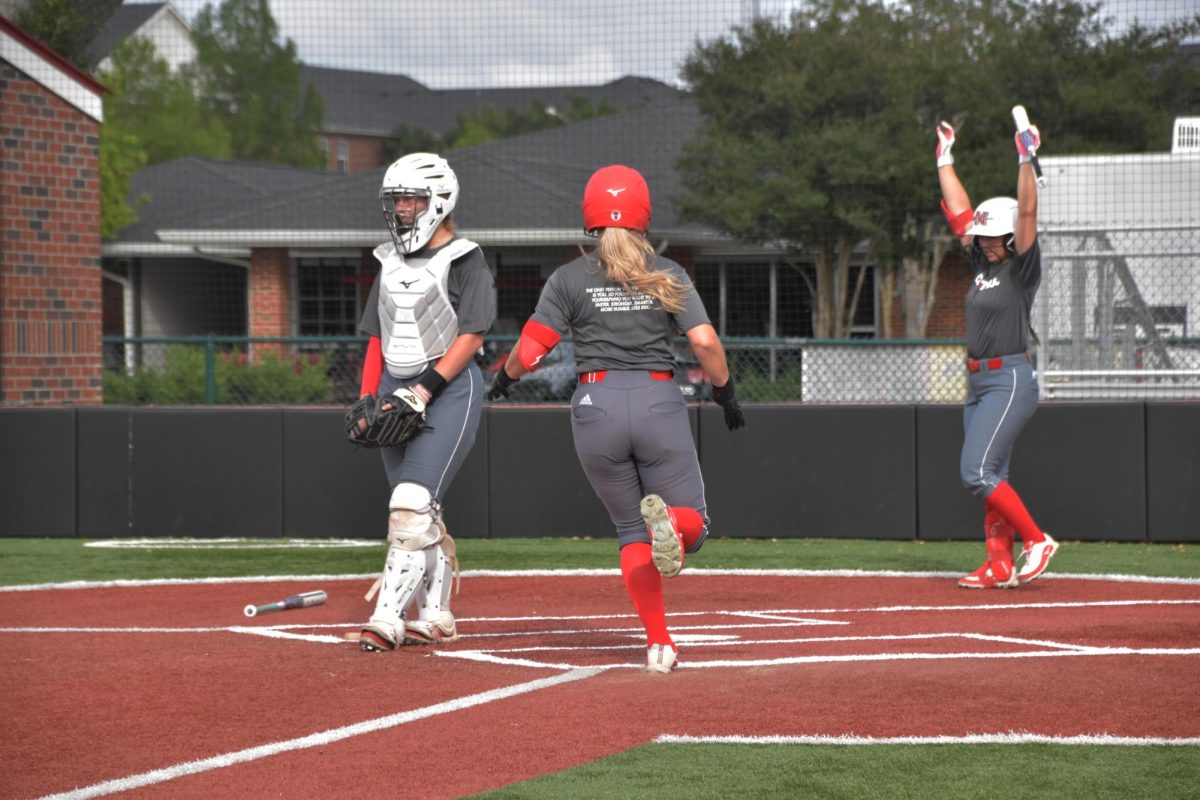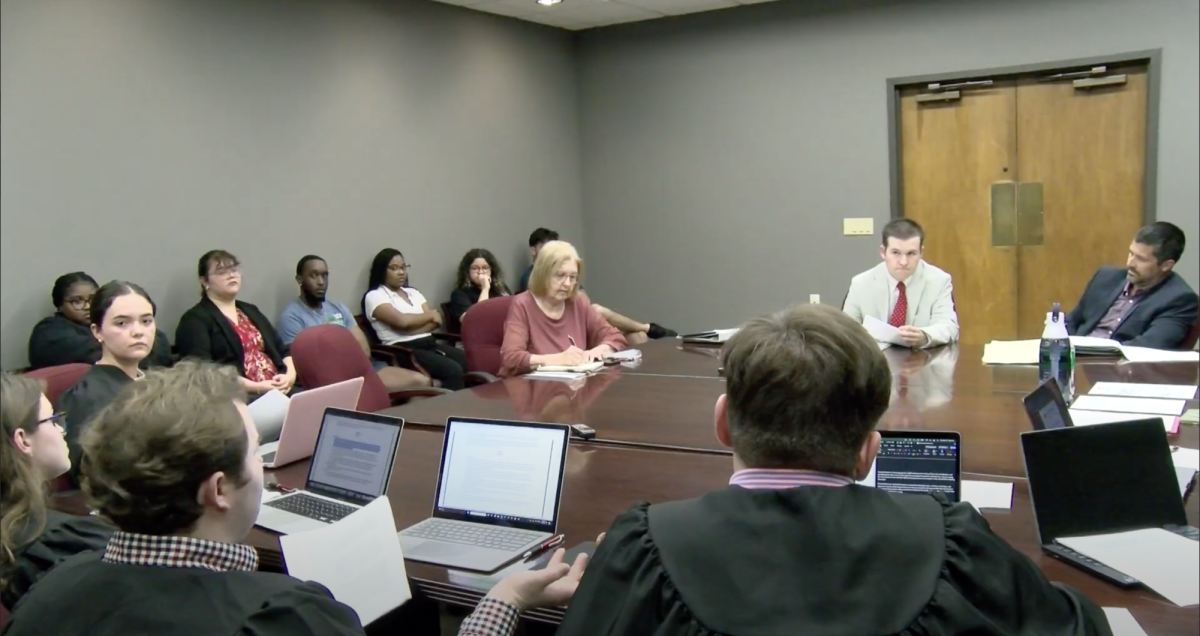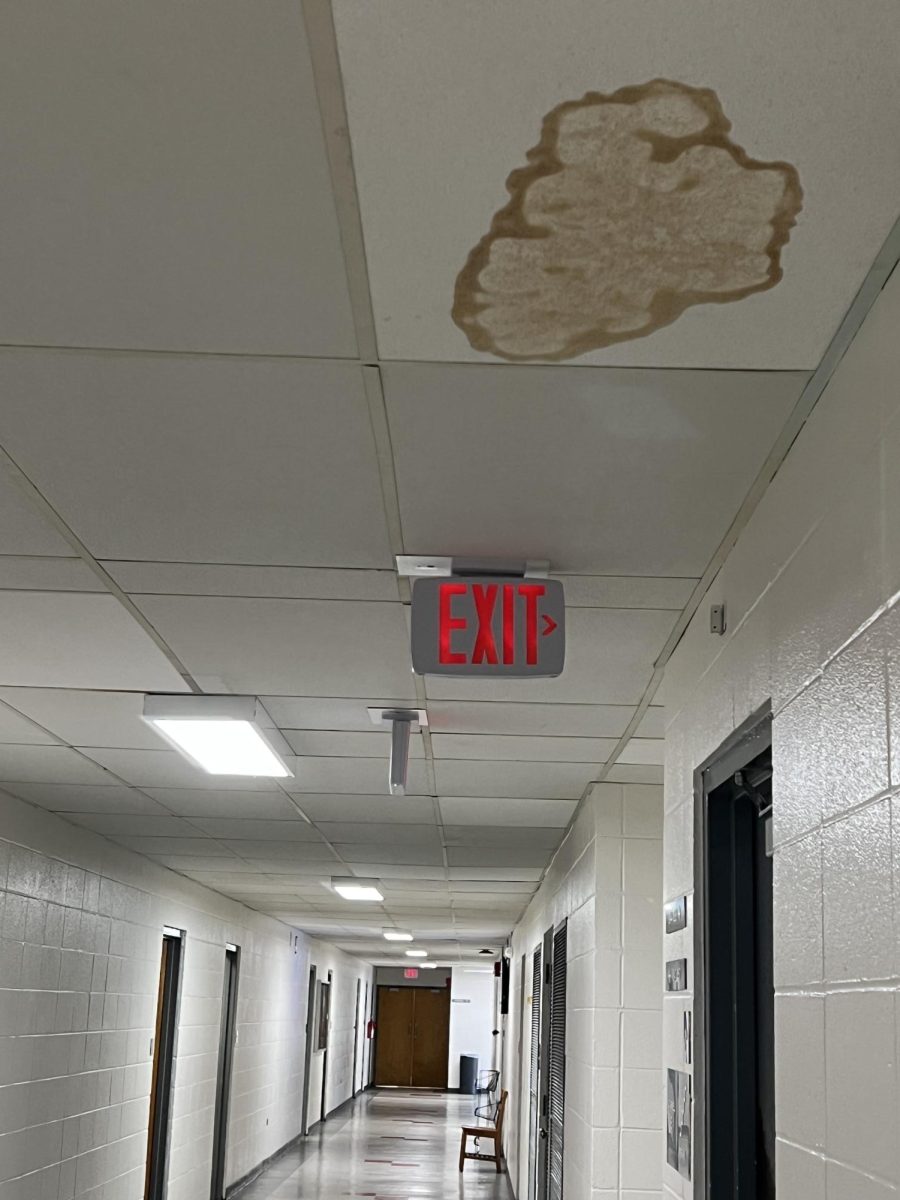Due to many college campuses recently receiving bomb threats, the University is informing students, faculty and staff of the emergency plan that is in place for a bomb threat situation.
There are different departments on campus that are responsible for certain cares and duties during an event, such as a bomb threat. All departments follow the emergency preparedness plan. The plan lays out the steps to take during different emergencies.
“Brian Clausen, director of safety and environmental health, and Craig Jaccuzzo, director of university police, helped develop the plan on what to do during a bomb threat,” Renee Piper, director of university relations, said.
According to the emergency preparedness plan for bomb threats, when a message is received that bomb threat is on campus, the receiver should get all the facts about where the bomb is, what it is made from, and other factual questions. The receiver is also asked to pay attention to the caller’s voice and background information.
Once the call is over, the receiver should contact 4-911 and is advised not to share the information with outside persons, as stated in the emergency preparedness plan.
The emergency preparedness plan states, “University police will then initiate Crisis Code through the siren system to order an evacuation.”
“An evacuation would depend on the threat location,” Eugene Dial, vice president of student affairs, said.
If a threat is made to a particular building, that building will thus be evacuated, Dial said. If there is a credible threat to the campus as a whole, there will be a campus-wide evacuation.
Students, faculty and staff will be directed to two staging areas for each side of campus or asked to leave campus, Dial said.
“The University has arranged for city police and the sheriff’s office to bring in bomb dogs to sweep the campus and buildings,” Dial said.
University Police, city police and the sheriff’s department will do their best to secure one of two buildings for people to have a safe place to move inside while the rest of campus is secured.
If the search were to take a significant amount of time, University vehicles will transport students from one side of campus to the other to be under a covered area and have access to bathroom facilities.
The University’s response to a bomb threat for students, faculty and staff will be to use First Call, which will send out a text message or a voice mail to those individuals that are signed up for emergency messaging, Jaccuzzo said.
The internal fire alarm system will then be activated. This system has a capability that will allow public announcements to be made.
Along with notifications from first call, there will also be information posted on the University’s homepage.
“I am in charge of working with university police and director of safety to determine the situation and provide the information to faculty, staff, students and the public,” Piper said. “I am in charge of the university homepage, social media and getting the information out to the community for their safety.”
After everyone is moved to a safe distance away from the buildings, each member of university police is assigned to a building to secure it.
Call boxes, external fire alarms and cell phones will not be used because the electrical surge that emits, depending on the device, can cause a bomb to detonate, Dial said. The internal fire alarm is a different system from the external alarm. The internal fire alarm is made of a different type of wire and does not emit the surge that would cause a possible detonation of the bomb.
Cell phones are listed on the do not use list, but this pertains to making calls out of the cell phone, Juccuzzo said. When a call is made, a frequency is emitted that could also detonate a potential bomb. When the emergency messaging is used, it is being sent to the cell phones via text message, e-mail or voicemail. When the cell phone receives these items it is not emitting the frequency, which makes it safe to use.
Radios should not be used in any of the buildings when a bomb threat is identified on campus, Jaccuzzo said in an e-mail sent to administrators. Radios emit radio beams that can cause a detonation.
Instead of using radios when the deans, department heads, administrative assistants and directors get notification that they are to evacuate the building, they should notify individuals by going class to class, Jaccuzzo said in the e-mail.
Faculty and staff, residence halls, and other departments on campus have different instructions to follow during a bomb threat.
According to the emergency preparedness plan, “Faculty, staff and students should follow standard fire drill procedures.” Students are to take their belongings from the building and go to a designated area. The plan also stated, “Faculty should take roll of the students after the evacuation and notify university police of any students missing.”
When an evacuation is called for residence halls due to a threat, the staging area depends on the location of each affected hall.
“An emergency evacuation does not allow for packing, it calls for leaving the facilities immediately,” Dial said in the e-mail.
“A bomb threat is a disruption, a frustration and nothing to play around with,” Piper said.
Are We Ready?
University reacts to bomb threats at colleges across the country
Pauline Wilson
•
September 20, 2012
Leave a Comment
More to Discover













